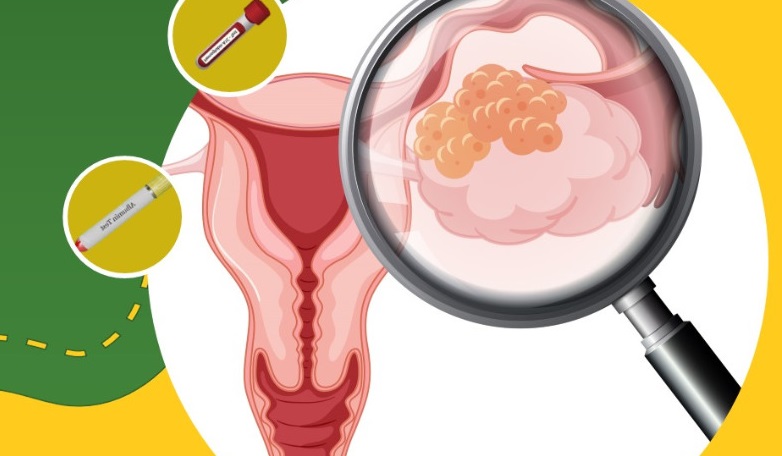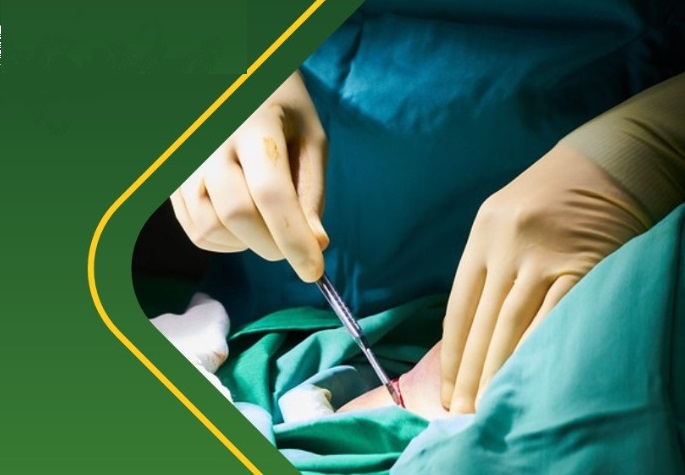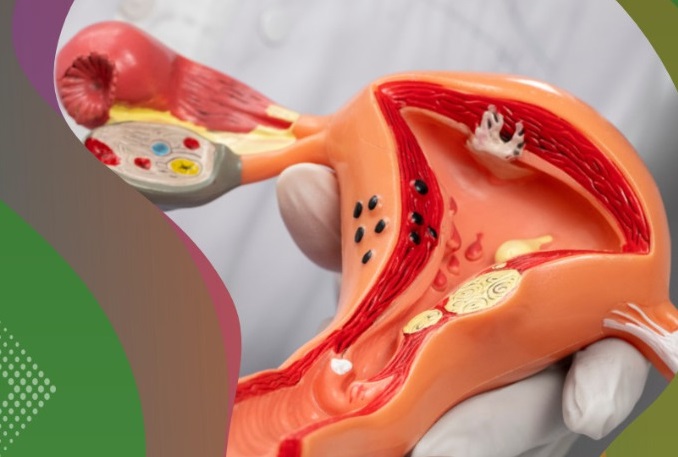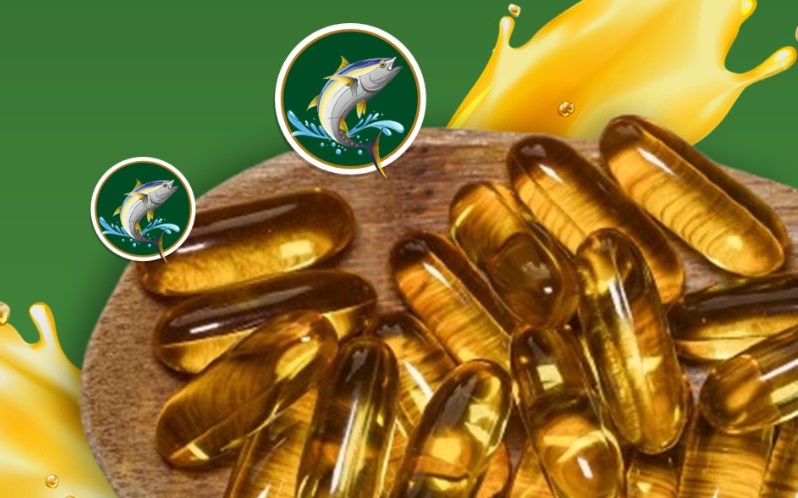Nutritional status, hemoglobin, and albumin levels in predicting platinum resistance in ovarian cancer at Dr. Saiful Anwar Hospital, Malang, Indonesia

Downloads
HIGHLIGHTS
- Nutrition status, hemoglobin, and albumin levels are not predictors for platinum resistance.
- Hemoglobin and albumin levels increased in both platinum-sensitive or platinum-resistant.
ABSTRACT
Objective: This study aimed to determine whether nutritional status, hemoglobin, and albumin levels could serve as reliable predictors for predicting platinum resistance in patients with ovarian cancer.
Materials and Methods: Conducted as a cross-sectional analysis, this study included 80 ovarian cancer patients who had completed six cycles of platinum-based chemotherapy. Patients were divided into two categories: those with platinum-resistant cancer and those with platinum-sensitive cancer, based on recurrence status following chemotherapy. Nutritional status was assessed through body mass index (BMI), and both hemoglobin and albumin levels were measured pre- and post-chemotherapy to investigate potential differences between the groups.
Results: The analysis revealed no significant difference in BMI between the platinum-sensitive and platinum-resistant groups (p = 0.743), suggesting that nutritional status, as measured by BMI, did not correlate with platinum resistance. Hemoglobin levels were similarly non-significant before (p = 0.072) and after chemotherapy (p = 0.055), indicating no clear association between hemoglobin levels and platinum response. However, hemoglobin levels showed significant increases post-chemotherapy in both the platinum-sensitive (p = 0.002) and platinum-resistant (p = 0.025) groups, though without affecting resistance outcomes. Pre-chemotherapy albumin levels did not significantly differ between the two groups (p = 0.218); but a significant post-chemotherapy difference was observed (p = 0.027), with both groups experiencing substantial increases from pre- to post-chemotherapy (p = 0.000).
Conclusion: The findings suggest that BMI, hemoglobin, and albumin levels are not reliable predictors of platinum resistance in ovarian cancer patients. Although both hemoglobin and albumin increased significantly after chemotherapy, these changes did not correspond with platinum resistance status.
Momenimovahed Z, Tiznobaik A, Taheri S, et al. Ovarian cancer in the world: epidemiology and risk factors. Int J Womens Health. 2019;11:287-99. doi: 10.2147/IJWH.S197604. PMID: 31118829; PMCID: PMC6500433.
Sung H, Ferlay J, Siegel RL, et al. Global Cancer Statistics 2020: GLOBOCAN Estimates of Incidence and Mortality Worldwide for 36 Cancers in 185 Countries. CA Cancer J Clin. 2021;71(3): 209-49. doi: 10.3322/caac.21660. Epub 2021 Feb 4. PMID: 33538338.
Stenzel AE, Buas MF, Moysich KB. Survival disparities among racial/ethnic groups of women with ovarian cancer: An update on data from the Surveillance, Epidemiology and End Results (SEER) registry. Cancer Epidemiol. 2019;62: 101580. doi: 10.1016/j.canep.2019.101580. Epub 2019 Aug 7. PMID: 31400533.
Azizah F, Mulawardhana P, Sandhika W. Association of age at menarche, parity, and hormonal contraceptive use with the histologic type of ovarian cancer. Majalah Obstetri & Ginekologi. 2021;29(3):118. doi: 10.20473/mog.V29I32021. 118-123
Kusumanto A. Platinum based chemotherapy for ovarian carcinoma. Bali Med J. 2020;9(1):404–7. doi: 10.15562/bmj.v9i1.1686.
Melmet S, Polonsky KS, Larsen PR, et al. Williams textbook of endocrinology E-Book. 13th ed. Philadelphia: Elsevier; 2015.
Hirst J, Crow J, Godwin A. Ovarian cancer genetics: Subtypes and risk factors. In: Devaja O, Papadopoulos A, editors. Ovarian cancer - from pathogenesis to treatment [Internet]. InTech; 2018 [cited 2023 Nov 7]. Available from: http://www. intechopen.com/books/ovarian-cancer-from-pathogenesis-to-treatment/ovarian-cancer-genetics-subtypes-and-risk-factors
Ren T, Sun TT, Wang S, et al. Clinical analysis of chemo-resistance risk factors in endometriosis associated ovarian cancer. J Ovarian Res. 2018; 11(1):40. doi: 10.1186/s13048-018-0418-8. PMID: 29843765; PMCID: PMC5975270.
Dotan E, Tew WP, Mohile SG, et al. Associations between nutritional factors and chemotherapy toxicity in older adults with solid tumors. Cancer. 2020;126(8):1708-16. doi: 10.1002/cncr.32718. Epub 2020 Jan 24. PMID: 31977084; PMCID: PMC7494013.
Wang J, Tao J, Jia S, et al. The protein-binding behavior of platinum anticancer drugs in blood revealed by mass spectrometry. Pharmaceuticals (Basel). 2021;14(2):104. doi: 10.3390/ph14020104. PMID: 33572935; PMCID: PMC7911130.
Zhang W, Ye B, Liang W, et al. Preoperative prognostic nutritional index is a powerful predictor of prognosis in patients with stage III ovarian cancer. Sci Rep. 2017;7(1):9548. doi: 10.1038/ s41598-017-10328-8. Erratum in: Sci Rep. 2018 Jun 22;8(1):9736. doi: 10.1038/s41598-018-27841-z. PMID: 28842710; PMCID: PMC5573316.
Fachryandini N, Hidayat T, Ernawati E, et al. Is maternal pre-pregnancy Body Mass Index associated with type of Congenital Heart Disease in offspring? Majalah Obstetri & Ginekologi. 2023; 31(2):80–5. doi: 10.20473/mog.V31I22023.80-85.
Oronsky B, Ray CM, Spira AI, et al. A brief review of the management of platinum-resistant-platinum-refractory ovarian cancer. Med Oncol. 2017;34(6):103. doi: 10.1007/s12032-017-0960-z. Epub 2017 Apr 25. PMID: 28444622.
Pokhriyal R, Hariprasad R, Kumar L, et al. Chemotherapy resistance in advanced ovarian cancer patients. Biomark Cancer. 2019;11:11792 99X19860815. doi: 10.1177/1179299X19860815. PMID: 31308780; PMCID: PMC6613062.
Kuroki L, Guntupalli SR. Treatment of epithelial ovarian cancer. BMJ. 2020;371:m3773. doi: 10.1136/bmj.m3773. PMID: 33168565.
Kurnit KC, Fleming GF, Lengyel E. Updates and New Options in Advanced Epithelial Ovarian Cancer Treatment. Obstet Gynecol. 2021;137(1): 108-21. doi: 10.1097/AOG.0000000000004173. PMID: 33278287; PMCID: PMC7737875.
Kim DH. Nutritional issues in patients with cancer. Intest Res. 2019;17(4):455-62. doi: 10.5217/ir. 2019.00076. Epub 2019 Oct 14. PMID: 31597414; PMCID: PMC6821944.
Tzenios N, Tazanios M, Chahine M. The impact of BMI on ovarian cancer- an updated systematic review and metanalysis [Internet]. Medicine & Pharmacology; 2022 Nov [cited 2023 Nov 7]. Available from: https://www.preprints.org/ manuscript/202211.0251/v1
Liu Y, Yang J, Hilliard TS, et al. Host obesity alters the ovarian tumor immune microenvironment and impacts response to standard of care chemotherapy. J Exp Clin Cancer Res. 2023;42(1):165. doi: 10.1186/s13046-023-02740-y. PMID: 37438818; PMCID: PMC10337170.
Abdel-Razeq H, Hashem H. Recent update in the pathogenesis and treatment of chemotherapy and cancer induced anemia. Crit Rev Oncol Hematol. 2020;145:102837. doi: 10.1016/j.critrevonc.2019. 102837. Epub 2019 Nov 26. PMID: 31830663.
Yu W, Wang W, Sun M, Shen Z, Wang Y, Li H. Anemia can predict prognosis and response to neoadjuvant chemotherapy in osteosarcoma at pre-operative stage: a retrospective analysis [Internet]. In Review; 2023 Mar [cited 2023 Nov 7]. Available from: https://www.researchsquare.com/article/rs-2682963/v1
Tanık VO, Çınar T, Karabağ Y, et l. The prognostic value of the serum albumin level for long-term prognosis in patients with acute pulmonary embolism. Clin Respir J. 2020;14(6):578-85. doi: 10.1111/crj.13176. Epub 2020 Mar 5. PMID: 32103618.
Chen W, Shan B, Zhou S, et al. Fibrinogen/albumin ratio as a promising predictor of platinum response and survival in ovarian clear cell carcinoma. BMC Cancer. 2022;22(1):92. doi: 10.1186/s12885-022-09204-0. PMID: 35062908; PMCID: PMC878 0809.
Sheinenzon A, Shehadeh M, Michelis R, et al. Serum albumin levels and inflammation. Int J Biol Macromol. 2021;184:857-62. doi: 10.1016/j. ijbiomac.2021.06.140. Epub 2021 Jun 25. PMID: 34181998.
Tan BH, Brammer K, Randhawa N, et al. Sarcopenia is associated with toxicity in patients undergoing neo-adjuvant chemotherapy for oesophago-gastric cancer. Eur J Surg Oncol. 2015;41(3):333-8. doi: 10.1016/j.ejso.2014.11.040. Epub 2014 Nov 26. PMID: 25498359.
Wang H, Fan L, Wu X, et al. Efficacy evaluation of albumin-bound paclitaxel combined with carboplatin as neoadjuvant chemotherapy for primary epithelial ovarian cancer. BMC Womens Health. 2022;22(1):224. doi: 10.1186/s12905-022-01794-y. PMID: 35690772; PMCID: PMC9 188700.

This work is licensed under a Creative Commons Attribution-NonCommercial-ShareAlike 4.0 International License.
1. Copyright of the article is transferred to the journal, by the knowledge of the author, whilst the moral right of the publication belongs to the author.
2. The legal formal aspect of journal publication accessibility refers to Creative Commons Attribution-Non Commercial-Share alike (CC BY-NC-SA), (https://creativecommons.org/licenses/by-nc-sa/4.0/)
3. The articles published in the journal are open access and can be used for non-commercial purposes. Other than the aims mentioned above, the editorial board is not responsible for copyright violation
The manuscript authentic and copyright statement submission can be downloaded ON THIS FORM.























